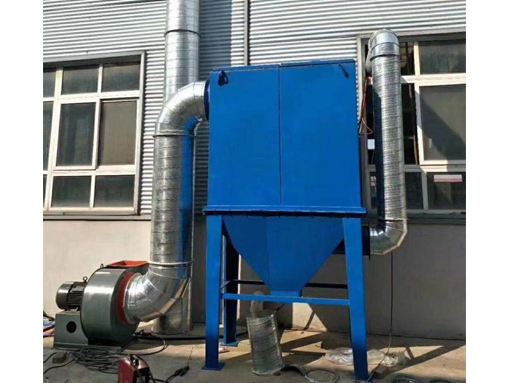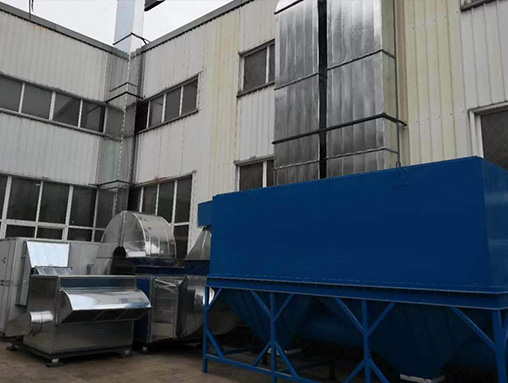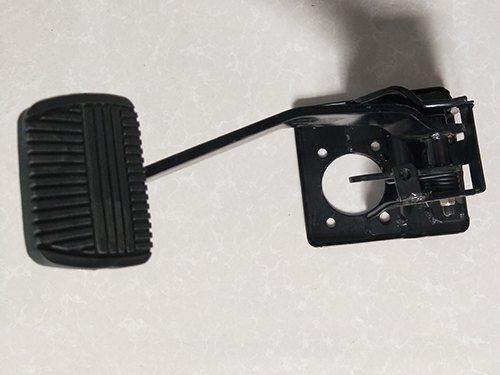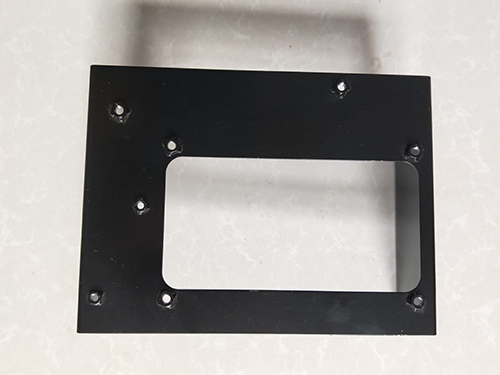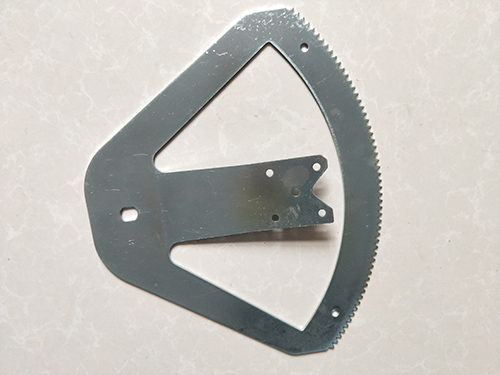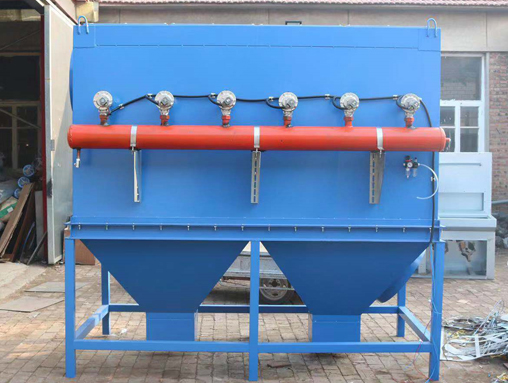Analysis of the Usage Characteristics and Waste Generation Causes of Automotive
Cost is crucial for any enterprise, and cost control can be said to be the core of enterprise management. For automobile manufacturing enterprises, cost growth has become one of the important factors affecting the development of China's automobile industry. 60% to 70% of automotive components are stamped parts. From this, it can be seen that the efficiency of raw material usage for automotive stamping parts almost determines the overall efficiency of raw material usage in the entire automotive production process. Based on this, combined with practical work experience, it is believed that for the cost reduction and optimization of automotive stamping parts raw materials, it is necessary to control various links such as material selection, use, and recycling.
1、 Pay attention to the purchase and distribution of raw materials for stamping parts
When selecting materials, it is necessary to choose materials reasonably based on the type and usage characteristics of automotive stamping parts. Blindly choosing materials for the sake of pursuing excellence or blindly choosing inferior materials to save costs is not acceptable. The stress characteristics of different stamped parts are different during use. Generally speaking, the basic requirement for selecting materials for automotive stamping parts is to meet the performance and creativity of automotive components, followed by the economy of raw materials.
Specifically, companies should focus on the following areas of work:
1、 Price analogy to achieve diversification of material suppliers. At present, domestic steel products are priced higher (with better performance) by Baosteel. Therefore, under the premise of stamping quality, some B/C stamping raw material suppliers have been adjusted to compare and demonstrate the feasibility of using Ansteel, Maanshan Iron and Steel, and other low-grade steel products.
2、 Optimize material grades to prevent high grades and low usage of raw materials. In the design process of stamping parts, high-grade materials may be selected. Therefore, under the premise of stamping quality, the materials of some parts are adjusted from high grades to low grades, maximizing the utilization of the mechanical properties of the materials themselves.
3、 Established procurement team. Determine its full weaving strategic position and establish a reasonable procurement process based on project management concepts. At the same time, in terms of supplier management, regular restructuring should be carried out, and procurement prices should be managed and optimized.
2、 Improve the utilization rate of raw materials for stamping parts
Improving the utilization rate of raw materials is the main way to reduce costs and optimize automotive stamping parts. The higher the utilization of materials, the higher the utilization rate of materials, and the lower the production cost, all other conditions being equal. To improve the utilization rate of materials, we mainly focus on the following aspects.
1、 Application of technology. This method of reducing raw material costs should be combined with the actual situation of the enterprise, and selectively adopt processes such as laser welding, swing cutting, arc cutting, and continuous cutting to improve the efficiency of raw material use. Especially with laser welding technology, the number of parts can be reduced by 66%, which not only reduces the number of molds used but also improves the utilization rate of raw materials.
2、 Optimization of cutting dimensions for parts. Enterprises should regularly conduct systematic analysis of the product drawings, finished shape, size, accuracy, mechanical properties, and other elements of automotive stamping parts, and optimize the cutting dimensions based on equipment and mold processes. For example, adjusting the auxiliary surface of the drawing, reducing the cutting size of the parts by modifying the cutting and stretching process, optimizing the material process quota, and improving the material utilization rate.
3、 Optimization of the offline book game. The current process of cross cutting sheet metal and single material feeding has a material utilization rate of about 60.35%. By using continuous feeding to reduce single-sided feeding, the utilization rate has increased to 61.15%, an increase of 0.8%. Further optimizing the material handling system, the utilization rate of materials arranged in a staggered tooth pattern reached 68.39%, an increase of 8.04%.
4、 Combine cutting and waste recycling. For large block or angular materials such as side panel outer panels and back panel outer panels that cannot be reused after punching, surplus materials are used for production of some small and medium-sized stamping parts, taking into account factors such as process size, material grade, and mold structure. In addition, if there is excess material generated during the cutting process, a multi part combination cutting method can be used to minimize the production of excess material as much as possible. However, it is worth noting that in the process of conducting process analysis, it is necessary to plan reasonably and strive to achieve a high utilization rate of surplus materials.
5、 Optimization of processes. For example, after process optimization and mirror image of the inner stiffening plate of the outer plate of the longitudinal beam, one piece of the first mock examination is adjusted to two pieces of the first mock examination, and the material utilization rate is increased from 4% to 40%.
Metal stamping parts; Analyze the causes of waste production from five perspectives: human, machine, material, process, and environment.
A. Poor quality of stamping raw materials, such as uneven thickness and hardness, and incorrect cutting or slitting dimensions;
B. Improper installation, adjustment, and use of stamping molds, such as the limit column not being attached and the mold not being closed during stamping production.
C. The stamping operator did not feed the stamping strip correctly along the positioning or did not feed the strip according to the gap;
D. Due to long-term use, stamping dies may experience changes in clearance or wear on their working and guiding parts;
E. Due to prolonged impact and vibration, the fastening parts of the stamping die become loose, causing relative changes in the installation positions of the die;
F. The stamping operator's negligence resulted in not following the operating procedures.
G. The quality management system is not sound, or the quality inspectors do not conduct inspections on time, and timely spot checks are conducted to detect any defects or abnormalities.
F. The accuracy of the punch press is insufficient due to long-term disrepair, resulting in a decrease in parallelism between the upper and lower tables or a decrease in punching force.
The main measures that stamping processing plants need to take to prevent metal stamping waste
A. The stamping raw materials comply with the specified technical conditions (strictly inspect the specifications and grades of the raw materials, and if conditions permit, conduct laboratory tests on workpieces with high dimensional accuracy and surface quality requirements.)
B. Strict adherence to the various stages specified in the stamping process specifications;
C. The tools and equipment used, such as presses and stamping dies, should work in normal working conditions;
D. Establish a strict inspection system during the production process, inspect the first piece of stamped parts, and only put them into production after passing the inspection. At the same time, strengthen inspections and promptly handle any accidents that occur;
E. Adhere to the civilized production system, such as using appropriate workstation equipment for the transportation of stamped workpieces and blanks, otherwise it will crush and scratch the surface of the workpiece, affecting the surface quality of the stamped parts;
F. During the stamping process, it is necessary to clean the mold cavity and organize the workplace in an orderly manner. The processed workpieces should be placed neatly.
